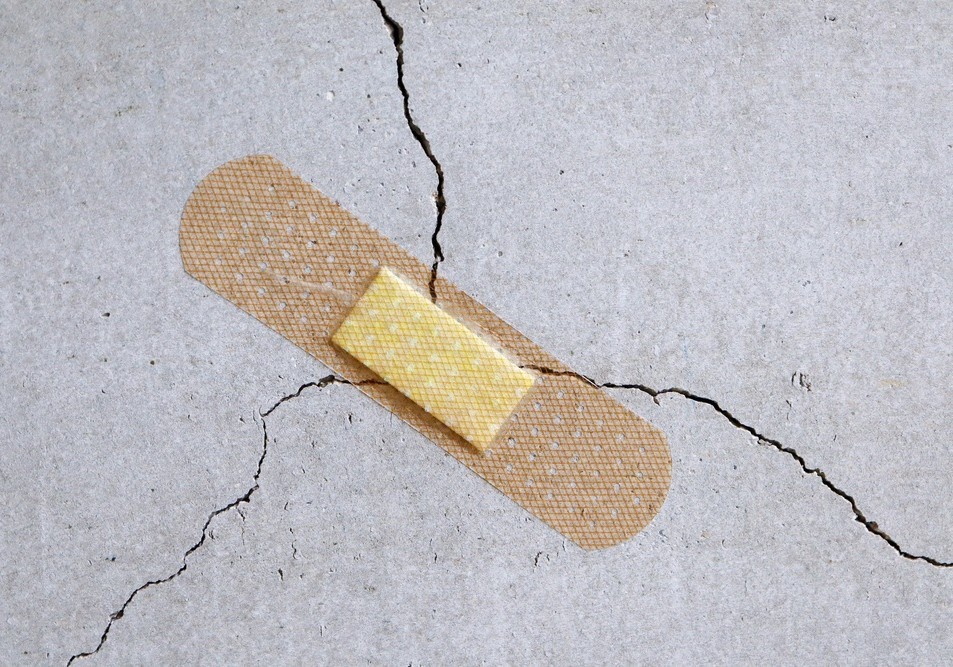The beleaguered owners of Mascot Towers have been dealt another blow in their quest to end their pain. Mascot Towers is a dual-tower high rise residential and commercial complex of 132 lots in Sydney that was evacuated just over four years ago due to subsidence and concerns about safety. Today the towers stand uninhabitable and something of a monument to the high-rise building defects crisis of the last two decades.
The latest hit for the owners comes from their financiers who recently defeated the owners application to the Supreme Court to have the owners corporation wound up as being insolvent. In refusing the application, the Court effectively said,
No, it’s not that easy and that’s not how unit ownership works – go away and work out how you’re going to pay your debts including the near $16M you borrowed for a remediation process you decided not to complete.
The judgement of Her Honour Justice Peden is a sobering reminder of the unique responsibilities that come with strata title property ownership – you are personally responsible for all the debts of the owners corporation and if some owners can’t pay their share, then those that can have to stump up the difference. There’s nothing new about this principle, it’s just that it’s not commonly understood nor spoken about.
It's hard not to feel sorry for the owners of Mascot Towers. They’re innocent purchasers of a badly built building at a time when purchasers were without the protection provided more recently in New South Wales by independent ratings of builders, more proscriptive quality standards and enforcement, and defects insurance and bonds. The Mascot Towers owners website tells of terrible financial, emotional and mental health suffering since owners and tenants were evacuated in August 2019. Their stories are sad, particularly for the 110 owners with mortgages on their apartments some now more than the value of their uninhabitable investments.
Despite the bad luck and invidious position of the Mascot Towers owners, the recent judgement reveals another side to this story and one that has only just occurred to me. It’s one that the owners and their sympathisers won’t like. It’s one that shines a spotlight on the quality of the owners decision making from the beginning of their troubles.
Here’s how the other side of the story goes-
- The owners have sued and settled two cases on confidential terms, one with the original developer/builder, and the other with the neighbouring developer said to have contributed to the defects. Settlement is choice, usually a good one, but a choice, nevertheless.
- The owners borrowed nearly $16M to remediate the building and didn’t finish the job. The uncontested evidence was that Mascot Towers can be remediated. No one can be forced to undertake works they don’t want too, but not to proceed with rectification was a choice.
- The owners negotiated a firm offer from a developer to buy them out ‘as is’. The offer might not have been as high as the owners wanted but the owners nevertheless chose to reject the offer.
- The owners successfully negotiated a financial assistance package with the State Government and by choosing to accept the offer effectively closed the door on any chance of a full-scale government bailout however unlikely that result may have been.
- The owners chose to go to court for termination without a plan to see all creditors paid, and without evidence of all the owners opinions.
On this last point, the Court expressed particular concern whether lot owners understood, ‘the extent of their personal liability for the OC’s debts’ and that, ‘the lot owners may be unaware of how the legislative regime operates, and the extent of their liability for the OC’s debts’. Let me translate. This is polite ‘judge-speak’ for -
You have either had incorrect advice, or you’ve had correct advice and chose not to take it, either way, it’s your application and the buck stops with you.
Consequently, the owners have wasted money and time. They will likely face an adverse costs order, including possibly, the costs of senior counsel and solicitors for the five largest banks in country. All the while, the 110 owners with mortgages have interest accruing at escalating rates.
Having decided, for whatever reason, not to proceed with rectification there was only ever one way out for the owners, a collective sale under the strata laws passed in 2015. That process allows for court orders for a sale to the highest bidder, protection for those in the minority opposed to the sale to ensure they receive the same value as others, and for the debts of the owners corporation to be paid in full, even if that means levying owners for more than they receive from the sale. Instead, it seems having exhausted all avenues for getting others to pay for their misfortune, the owners chose what seemed like an easier path that was however, entirely misconceived.
Elsewhere, I have said that the hard reality of strata ownership is that it comes with collective duty to take responsibility for repairs and maintenance including building defects caused by other. It’s a collective duty on all owners and its one that exists to protect not only owners and users but the public at large. Owning strata is fundamentally different to owning property individually. The price for shared facilities and infrastructure is strict liability to collectively fix what is broken when it breaks. To express this in the way of tough love for strata owners I coined the phrase, ‘If you can’t repair it, don’t own it’. Mascot Towers perhaps provides the second part to this mantra. ‘If you chose not to repair it, don’t own it’. There might be a cautionary rider to this, ‘And don’t expect others to take responsibility for what, sadly, is yours’.






